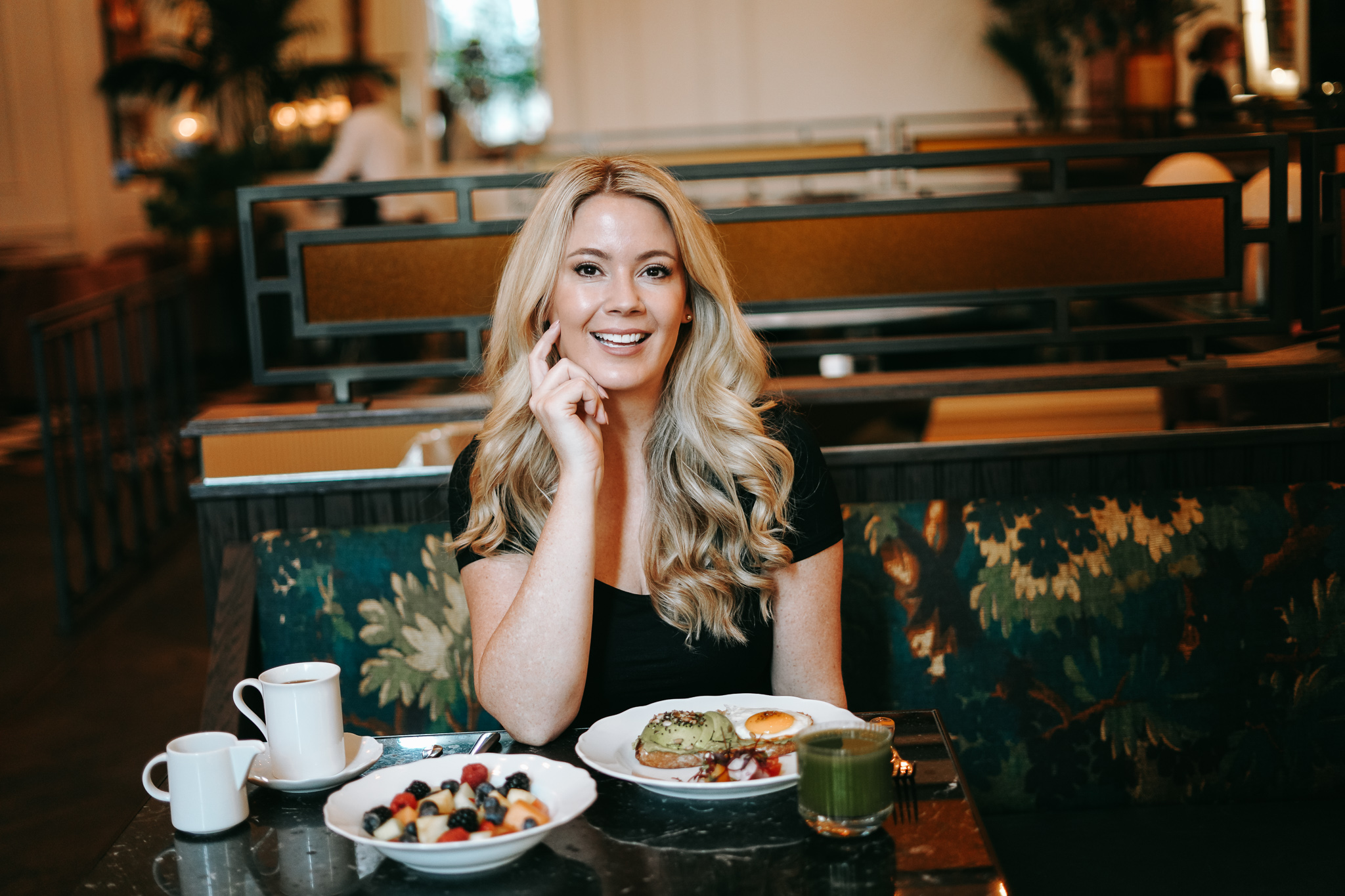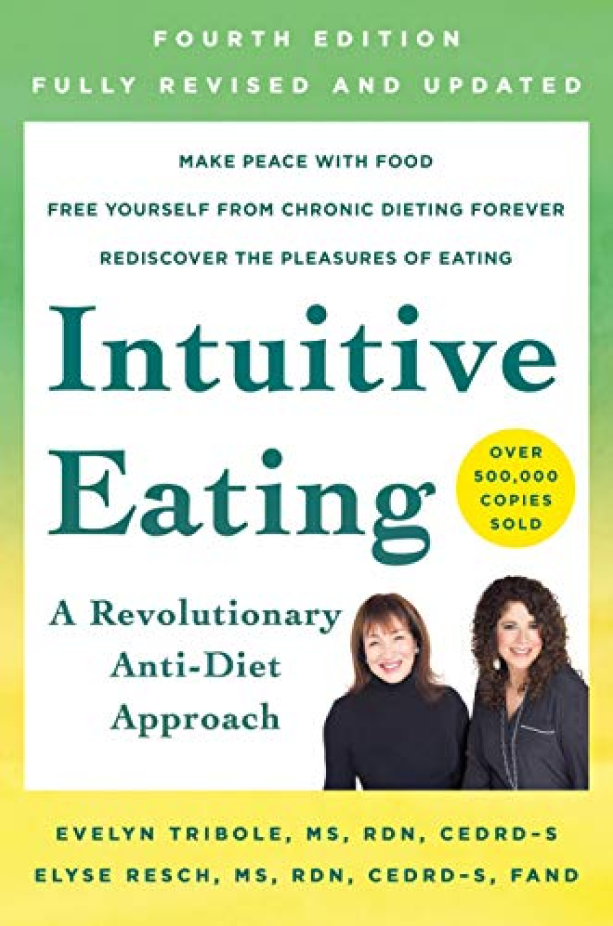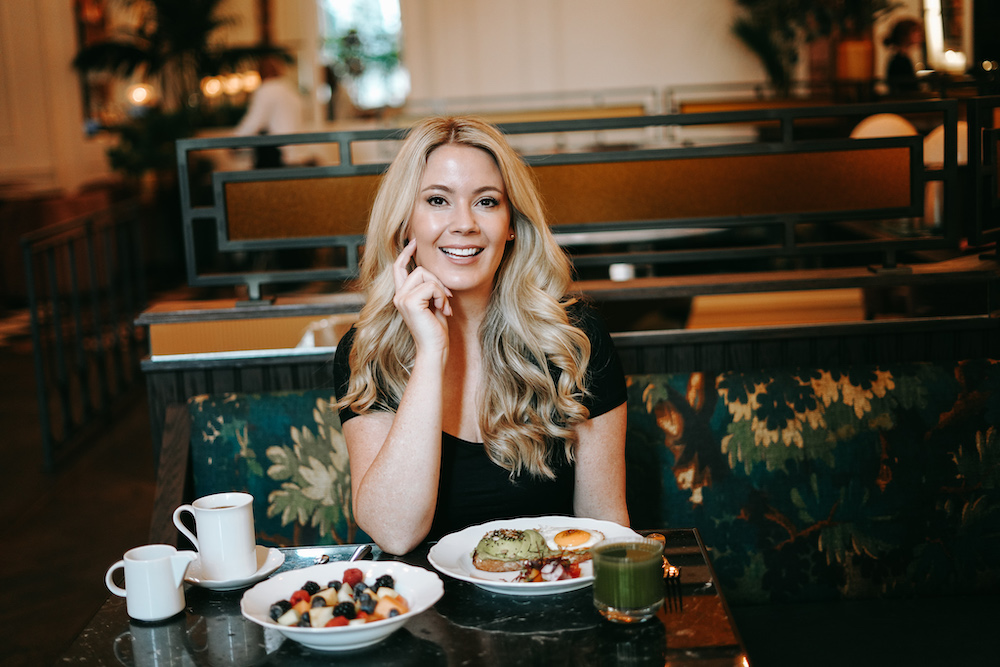Intuitive Eating: 10 Steps to Eating Mindfully & Joyfully



Intuitive eating is an approach to eating that emphasizes listening to your body’s natural hunger and fullness cues, rejecting diet culture, and developing a healthier relationship with food.
Its main focus is listening to your body and trusting your own hunger and fullness cues, as opposed to following strict dieting rules. Similar to the 80/20 lifestyle approach, no foods are off-limits for intuitive eaters.
Studies have found that intuitive eaters have better body image, lower levels of disordered eating, and a lower risk of obesity and chronic diseases. Intuitive eating has also been linked to lower levels of anxiety and depression and better overall well-being.
Origins of Intuitive Eating
The concept of intuitive eating was developed in the 1990s by two registered dietitians, Evelyn Tribole and Elyse Resch, who wrote the book “Intuitive Eating: A Revolutionary Program That Works” in 1995. The book has been updated and re-released multiple times to reflect current times.
Intuitive eating is rooted in the idea that our bodies have an innate wisdom that guides us toward what we need. However, this wisdom can be disrupted by external factors such as diet culture, social pressures, and emotional eating. This eating style aims to reconnect us with our natural hunger and fullness cues and help us become more mindful of our eating habits.

The Book: Intuitive Eating
The book “Intuitive Eating: A Revolutionary Program That Works” is considered the definitive guide to intuitive eating.
The book outlines 10 principles of intuitive eating, including rejecting the diet mentality, honoring your hunger, making peace with food, and respecting your body. The book also includes practical tips and exercises to help readers get started.

Since the book first came out, intuitive eating has become increasingly popular as a way to break free from diet culture and achieve a healthier relationship with food.
Benefits of Intuitive Eating
Intuitive eating has been shown to have numerous benefits for both physical and mental health. Here are just some of the benefits:
- Improved body image and self-esteem
- Reduced risk of disordered eating behaviors, such as binge eating or restrictive eating
- Increased satisfaction with food and eating experiences
- Better connection with your body and its needs
- Lower risk of chronic diseases, such as diabetes, heart disease, and high blood pressure
- Reduced anxiety and depression related to food and body image
- Less time and energy spent on food and dieting
- Greater flexibility and enjoyment in social situations involving food
- Better relationship with food and a decreased sense of guilt or shame surrounding eating
- Increased awareness and appreciation of hunger and fullness signals.
It’s worth noting that the benefits of intuitive eating can vary from person to person, but overall, it is a positive approach to improving one’s relationship with food and body.
The 10 Principles of Intuitive Eating
The 10 principles of intuitive eating, as outlined by Evelyn Tribole and Elyse Resch in the book, are as follows. I think it’s important to get a copy of the book to learn more about what each of these principles means and how to implement each step:
- Reject the diet mentality
- Honor your hunger
- Make peace with food
- Challenge the food police
- Respect your fullness
- Discover the satisfaction factor
- Honor your feelings without using food
- Respect your body
- Exercise and feel the difference
- Honor your health (gentle nutrition)
These principles aim to help individuals develop a healthy and positive relationship with food and their bodies, and ultimately find joy and satisfaction in eating. While no foods are excluded for intuitive eaters, this style of eating encourages you to reach for nutrient-dense foods often to honor your body and health.

Getting Started
If you’re interested in trying intuitive eating, there are a few steps you can take to get started.
- First, reject the diet mentality and any restrictive eating habits.
- Next, focus on listening to your body and eating when you’re hungry, and stopping when you’re full.
- Pay attention to how different foods make you feel and give yourself permission to eat without guilt or shame.
- Finally, be patient and compassionate with yourself as you navigate this new approach to eating.
The bottom line: intuitive eating offers a way to break free from diet culture and develop a healthier relationship with food. By trusting your own hunger and fullness cues, honoring your body, and rejecting restrictive eating habits, you can achieve a more mindful and joyful approach to eating. If you’re interested in learning more, consider reading the book “Intuitive Eating” or seeking the guidance of a registered dietitian who specializes in intuitive eating.
If you want to learn more about how to incorporate intuitive eating in your life, grab the book on Amazon or wherever books are sold.




